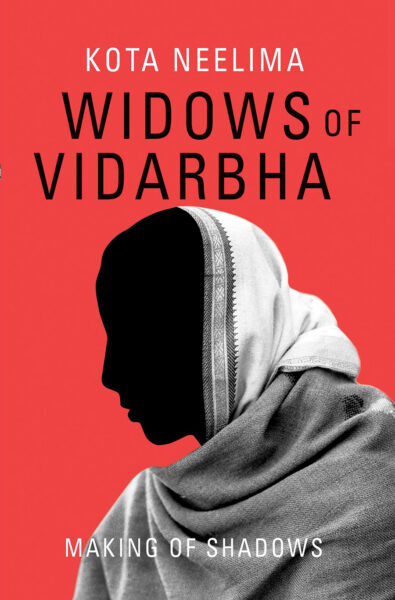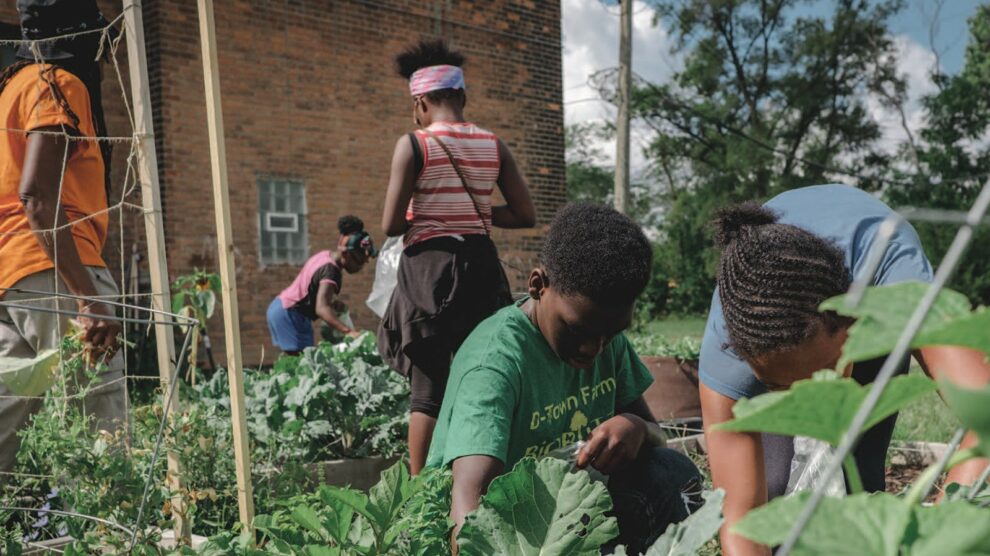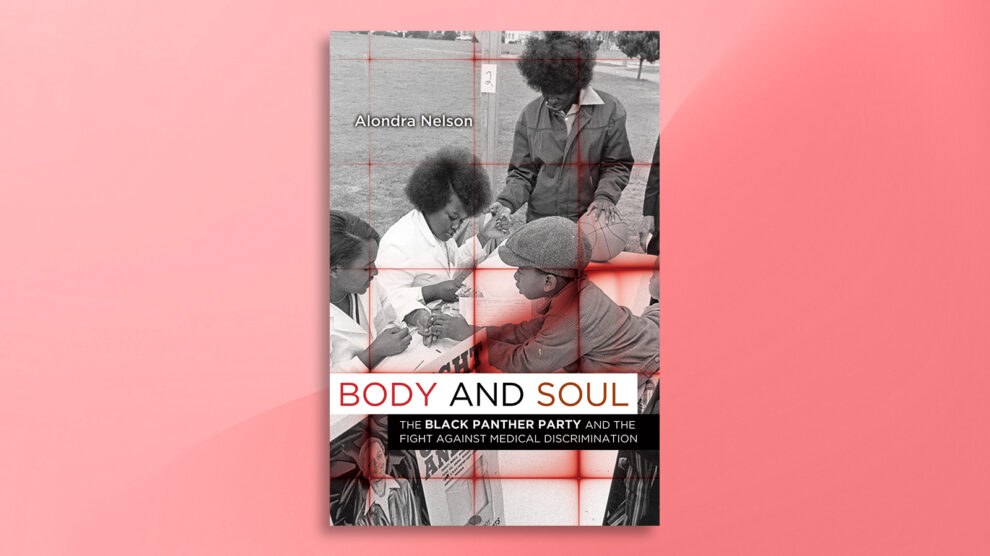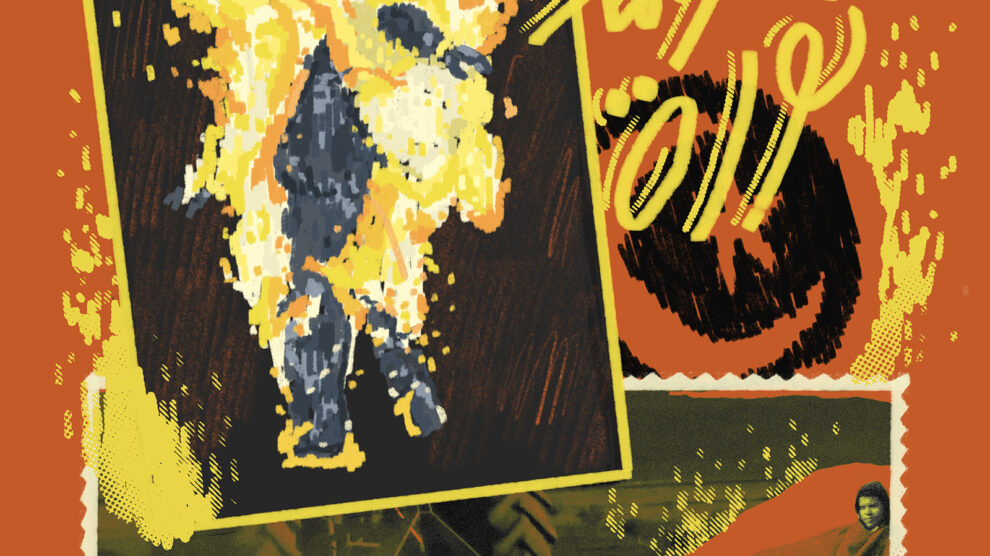Stories of Struggle and Strife
By Vassiki Chauhan
Volume 25, no. 1, The Soil and the Worker
 The Indian economy has been characterized by increasing neoliberalization since the early nineties. In 2020 and 2021, India’s right-wing government attempted to open up the agricultural sector to private interests. In response, farmers across India banded together to bargain against the erasure of their interests. What emerged was a decisive victory for the coalition of farmer and working-class organizations: Bhartiya Kisan Union, All India Kisan Sabha, All India Trade Union Congress, among many others. In light of recent successes, it is important to understand the forces and the experiences that have shaped the lives of farmers in India, a topic portrayed by intimate narratives of farming families in Widows of Vidarbha.
The Indian economy has been characterized by increasing neoliberalization since the early nineties. In 2020 and 2021, India’s right-wing government attempted to open up the agricultural sector to private interests. In response, farmers across India banded together to bargain against the erasure of their interests. What emerged was a decisive victory for the coalition of farmer and working-class organizations: Bhartiya Kisan Union, All India Kisan Sabha, All India Trade Union Congress, among many others. In light of recent successes, it is important to understand the forces and the experiences that have shaped the lives of farmers in India, a topic portrayed by intimate narratives of farming families in Widows of Vidarbha.
Written by journalist Kota Neelima, the book was published at a time when the disenfranchisement and economic hardship experienced by farmers was resulting in public acts of civil disobedience, such as that in Maharashtra, where farmers joined long marches to the state capital of Mumbai.1 Their protests and occupations caught international headlines and brought to light some particularly disturbing statistics. National records indicate that, on average, one farmer committed suicide in India every half hour between 1997 and 2005, and this number has only increased in recent years.2 The situation was particularly severe in the region of Vidarbha, in the state of Maharashtra—whose farmers’ stories are captured by Neelima’s heartfelt volume.
Neelima’s commitment to the longitudinal examination of the life and strife of farmers’ families in light of mass suicides is notable. She supplements the firsthand interviews with facts and figures from a vast variety of sources, but without losing her humanistic narration, to bring to light the trauma that these families undergo after the death of their patriarch. Particularly, her follow-ups in 2017 with families she first connected with in 2014–2015 starkly highlight the inadequacy of social support for the suffering widows and families.
The stories elucidate a problem that isn’t unique to Vidarbha or India, but one that has emerged all over the world.
The stories are made richer by the variegated age, education level, family size, caste, and religion of the widows in the story.3 What’s more compelling is the commonalities across diverse narratives that emerge, that is, the shared material conditions: difficulty of accessing state-provided aid in the immediate aftermath of a suicide; the amount and nature of financial aid meted out; the persistence of debt in spite of aid; the types of crops the farmers had been growing; and the ensuing disenfranchisement experienced by the families. The book doesn’t tell us whether farmers availed themselves or were even aware of government programs and subsidies to support rural populations and agricultural workers—for example, the provisions under the controversial Mahatma Gandhi National Rural Employment Guarantee Act. We also don’t know whether farmers were selling their crops to middlemen or in markets that enforce minimum support prices. Nevertheless, in struggling to make ends meet with reduced income below the poverty line, in tussling with the government to obtain ration cards for purchasing basic necessities, the families’ stirring experiences come through loud and clear.
Every interviewee reported difficulties in accessing information about the debt they inherited in the aftermath of the suicides, as well as in obtaining clear guidelines for the evidence they needed to establish grounds for receiving financial assistance. They encountered deep insensitivity in the questionnaire tailored to determine the productivity of their farmland and investigating whether irrelevant causes, such as substance use, were to blame. Providing bureaucratic information within a strict time frame was also burdensome. Throughout the farmers’ stories, a familiar refrain was that those who depend on state support and welfare were viewed with suspicion, if not as outright criminals.
The widows also recognized how “condemned” farming has become. This is apparent in their concern for their children’s future, whether that future be sons taking up the same profession or daughters marrying those who await the same fate as their fathers. For many farmers, land was the sole inheritance and source of sustenance. The reluctance to sell ancestral land and take up daily wage labor is another consistent thread, as is the inevitability of earning wages through hourly and daily work for the widows that are left behind. Their primary goal was to offer their children a path out of the cycle of dependence on farming through education.
These interviews as a whole elucidate a problem that isn’t unique to Vidarbha or India, but one that has emerged all over the world. Small-scale farmers are dispossessed by industrial capital of the agricultural sector. It is unsurprising, then, that the mobilization of peasants and farmers against neoliberal privatization in agriculture drew global support from family-owned and small-scale cultivators and farmers.4 And it is exactly such a big picture that is missing from the book.
While the book explicates the burden on the widows, the omission of the gendered nature of agricultural land ownership is glaring. Even as the widows are compelled into becoming day laborers, Neelima’s follow-up interviews fail to broaden the scope of the investigation to account for migrant farm workers that work alongside the widows—especially considering the growth in the number of landless peasants between 2001 and 2011 in India.5 Moreover, by focusing primarily on financial assistance after the suicides, other important conditions of life that the widows desperately need are ignored: vocational training, community support, and mental health services, to name a few.6
Similarly, while the book emphasizes the obligations that the widows are left with, including becoming primary caretakers and providers for their children and extended families, it underplays the widows’ aspirations for a better life—providing assistance for other women in similar situations, collectively struggling for peasants and farmers, and attaining financial independence or personal growth through change of work, education, and/or remarriage.
Overall, the book paints a dismal picture of the meager resources for small-scale farmers who rely heavily on growing cash crops to feed their families, whose attempts to sustain their lives and those of their families are mercilessly thwarted by cycles of debt and lack of social support. While this is not to deny that Neelima’s narrative device has sufficiently created the space for grieving the lives lost to economic crises, another unrecognized aspect in the story from Vidarbha is equally, if not more, urgent in our current conjuncture: their agency to pursue collective actions and fight.
The widows of Vidarbha are active participants at the ground zero of the farmers’ protest: Delhi.7 Some of the widows, like Bharati Pawar, marched all the way to the capital. While people in positions of power were costing the protestors their lives under the wheels, scores of women farmworkers participated in a tractor rally demanding to repeal agrarian privatization legislations.8 The prolonged demonstrations ended in victory for the farmers.9 These women have found solidarity with each other in their suffering; they have reemerged en force and won against the soul-crushing machinations of a state that champions capitalism as progress.
Perhaps the future of widowed peasants in particular, and of the people in general, is not as dystopian as Neelima poses.
Widows of Vidarbha: Making of Shadows
Kota Neelima
Oxford University Press, India
2018
284 pages
Notes
- “Farmers to March from Thane to Mumbai Pressing for Demands,” The Week, November 21, 2018, https://www.theweek.in/news/india/2018/11/21/farmers-begin-march-thane-mumbai-pressing-demands.html.
- P. Sainath, “One Farmer’s Suicide Every 30 Minutes,” India Together, November 14, 2007, https://indiatogether.org/mids4-op-ed; Rajit Sengupta, “Every Day, 28 People Dependent on Farming Die by Suicide in India,” DownToEarth, September 3, 2020, https://www.downtoearth.org.in/news/agriculture/every-day-28-people-dependent-on-farming-die-by-suicide-in-india-73194.
- However, details about the latter two demographic identifiers are absent from the appendices. Under a long-standing, concerted effort to homogenize national identity along fundamentalist, religious lines, the relationship between demographic differences and access to public resources is particularly important.
- “India Farmers’ Protest: Peasants around the World Send Messages of Solidarity and Support,” La Via Campesina, January 6, 2021, https://viacampesina.org/en/indian-farmers-protests-farmers-around-the-world-send-messages-of-solidarity-and-support/.
- Bharat Dogra, “Amid An Important Farmer Debate, Don’t Forget the Woes of India’s Landless Workers,” The Wire, November 30, 2020, https://thewire.in/agriculture/landless-farmers-rural-workers.
- A recent report by the Brookings Institute calls for a closer examination of the mental health history of rural, landowning farmers. However, it places the burden of intervention on public health measures and guidelines for journalism, rather than on agricultural reform, debt forgiveness, and further research on the erasure of gendered implications of the agriculture sector’s neoliberalization. See Shamika Ravi, “A Reality Check on Suicides in India,” Brookings India Impact Series: Development and Governance (2005), https://www.brookings.edu/wp-content/uploads/2015/06/shamika-paper-suicides-edited.pdf.
- Express News Service, “Widows of Vidarbha Farmers Join Stir at Delhi Borders,” The Indian Express, January 24, 2021, https://indianexpress.com/article/india/vidarbha-farmers-widows-delhi-protest-7159824/.
- Nilanjana Bhowmick, “‘I Cannot Be Intimidated. I Cannot Be Bought.’ The Women Leading India’s Farmers’ Protests,” Time, March 4, 2021, https://time.com/5942125/women-india-farmers-protests/.
- Lauren Frayer, “India’s Farmers Faced down a Popular Prime Minister and Won. What Will They Do Now?,” NPR, November 26, 2021, https://www.npr.org/2021/11/26/1059200463/india-farmer-protests-modi-farm-laws.





